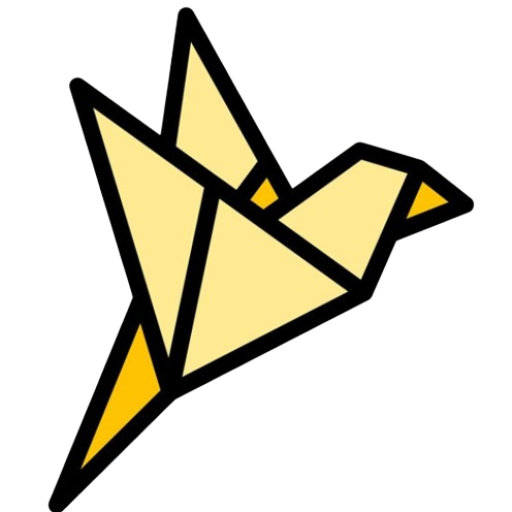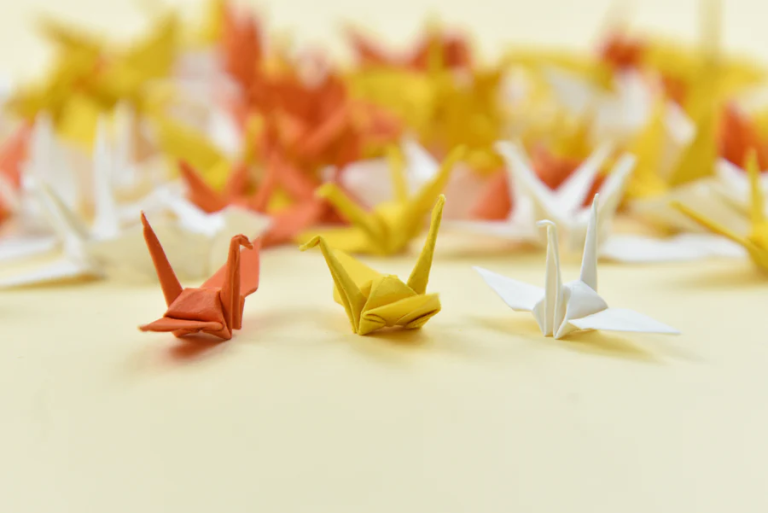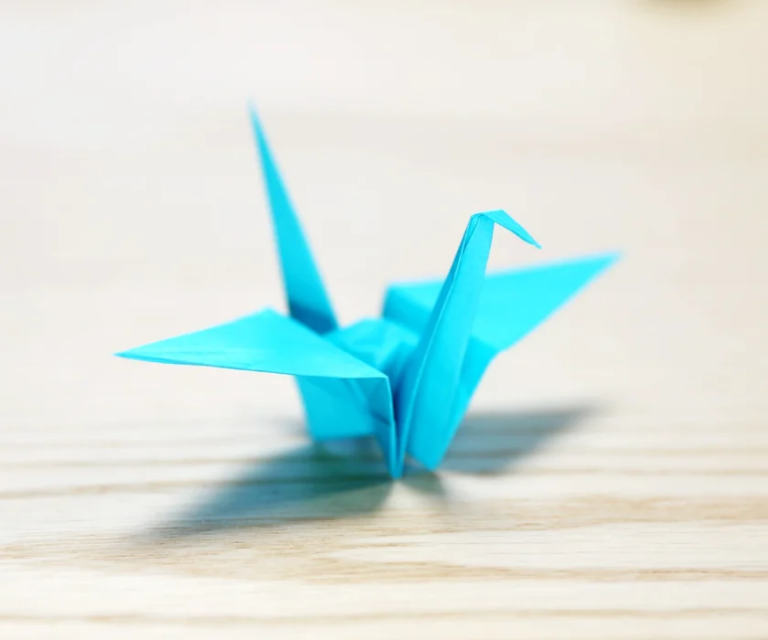5 Fascinating Origami Facts
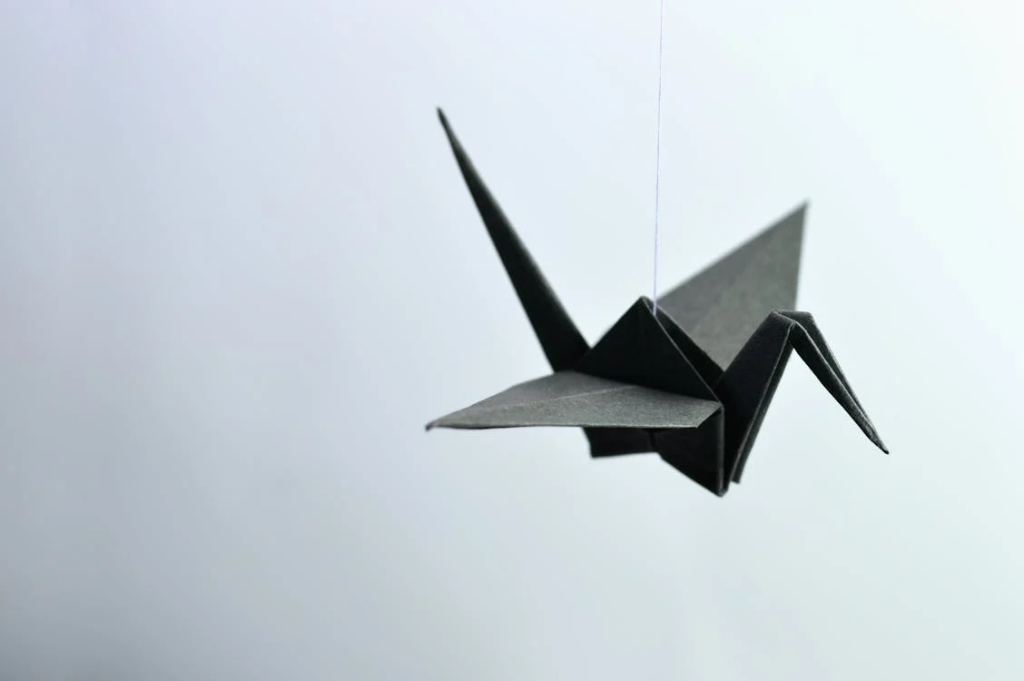
Discover startling details about this traditional Japanese paper-folding method.
Before a massive jumble of paper-folded cranes took over our arithmetic courses in school, origami was already used and had unexpected purposes in Japan, where it originated.
This paper-folding art has developed into a part of human culture, from its use by medieval samurai as a focus technique prior to war to its inspirational qualities for future spacecraft that will take us to other galaxies.
5 Interesting Facts About Origami
Learn surprising things about this ancient Japanese paper-folding technique
Long before a huge scramble of paper-folded cranes invaded our math classes at school, origami already had unsuspected uses and functions in Japan, where it was invented.
From its use by medieval samurai as a concentration technique before battle to its inspiring characteristics for future spaceships that will take us to other galaxies, this paper-folding art has evolved to become part of human culture.
Find out in this video.

1. Fantastic Beasts and Where to Find Them
From the typical cranes to bats and elaborate dragons, there’s no shape that can’t be recreated in origami. A student from Ohio, in the United States, holds the world record for the most origami birds: 30,000 of them, all identical.
In Japan, the biggest origami of all time is also a bird, but it’s 86 meters tall and was made by 800 people. Warriors, medieval caravels, or entire cities: the only universal rule for these sophisticated folds is to not use either scissors or glue.

2. Symbol of Peace and Good Luck
In feudal Japan, samurai prepared themselves for battle with training in martial arts and…by making origami. The technique helped them reach an optimal and relaxed state of concentration, and companions used to gift each other cranes, symbols of honor and loyalty, a tradition that’s maintained even today among the Japanese.
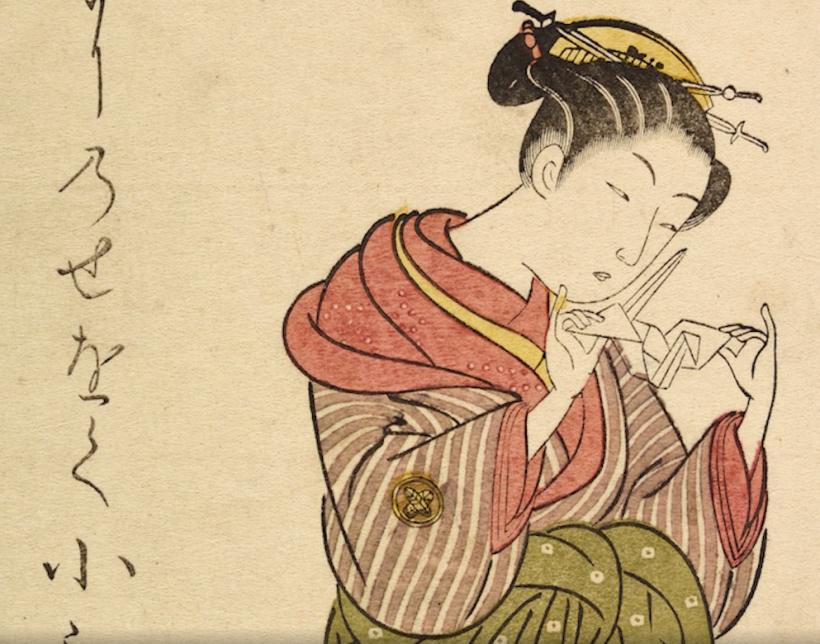
3. The First Origami Tutorial in History
A Japanese book from the 18th century is the oldest known origami manual. It gathers a record of countless variations of origami cranes, along with fairly detailed tutorials that explain how to create them.
Interestingly, although these days it’s almost a heresy to cut origami paper, the models in this historic book were full of them.

4. Energetic Paper
Scientists from the Georgia Institute of Technology used the concept of static electricity to create electrical energy by folding and unfolding origami.
In a not-so-distant future, they say, in addition to helping us practice our mathematical skills, meditate, or simply create pretty things, origami could be used to power small electronic devices in our homes.

5. Intergalactic Origami
NASA is researching origami-based techniques to design ultra-efficient solar panels and even the very space ships that take us to other solar systems.
The sophisticated mathematics involved in these folds would allow for the creation of objects that are both voluminous and compact, lightweight, and resistant to long journeys.

